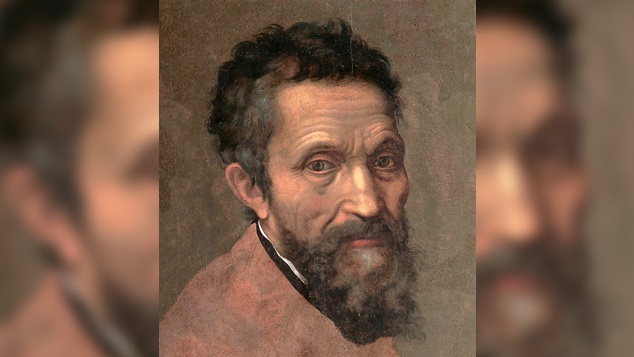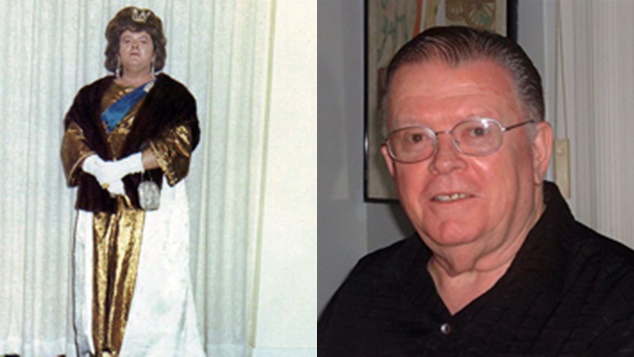A segment on the Jenny Jones chat show led to a murder
Chats shows that tackle social issues and personal stories with a healthy dollop of audience participation have been a big part of the US television industry.
Phil Donohue pioneered the format and by the mid-1990’s there was a crowded market with Sally Jessy Raphael, Oprah Winfrey, Jerry Springer, Maury Povich, Geraldo Rivera and newcomers like Ricki Lake. The world of tabloid-trash TV was called into questions when a segment of the The Jenny Jones Show lead to a brutal murder.
An episode of The Jenny Jones Show titled Same-Sex Secret Crushes, taped on March 6, 1995. A gay man named Scott Amedure (32) confessed his love for his friend, Jonathan Schmitz (24). Schmitz laughed off the revelation while on the show, but became disturbed by the incident later.
Jonathan Schmitz had a history of mental disorders and substance abuse. Three days after the show was recorded, Schmitz killed Amedure. Schmitz was later convicted of murder and was sentenced to 25 to 50 years in prison.

Amedure’s family filed a lawsuit against the producers of The Jenny Jones Show. In interviews, Jones (pictured top) said that her producers told Schmitz that his admirer could be a male, but Schmitz maintained they misled him into thinking it would be a woman.
During the court hearings, Jones admitted that the show did not want Schmitz to know that his admirer was a man. Amedure’s family won the initial ruling, and the show was ordered to pay them USD$25 million. The decision was later overturned on appeal with the court ruling that the producers were not responsible for what happened to the guests after their appearance on the show.
The case is covered in detail in the Netflix documentary Trial By Media, including Amedure’s use of a gay panic defence, a legal defence that has now been disallowed in many jurisdictions.
Graeme Watson. This report was first published in 2022.
Remembering Victor Francis
In 2010 Perth’s gay community mourned the loss of one of its iconic figures, Victor Francis, who passed away on 6th March after a short illness.
During his funeral service the following week Francis was remembered for his ardent involvement in the gay community, his devotion to his family, and sharp humour.
In the times before dedicated gay bars and clubs, when house parties were all the rage, Victor Francis was said to be one of the best hosts in town, often dressing as Queen Victoria (a name by which he was also affectionately referred) complete with crown, sceptre and ‘ladies in waiting’.
Together with a group of close friends, he then opened a gay sauna in Northbridge above Feathers Restaurant, where he and the late Holly Wood played the colourful hosts.
As the popularity of both the sauna and the restaurant grew, Francis relocated the sauna to 565 Beaufort Street in Mt Lawley, which he continued to run until his retirement in 2008.
Through his work at the sauna Francis became increasingly aware of the lack of access to health services for gay men and became a founding director of the WA AIDS Council (now WAAC). He also implemented a needle exchange program and a HIV blood testing service at the sauna.
In reading the eulogy, Francis’ close friend Kim Flatman said it was difficult to come to grips with the loss.
“Victor was a big guy with a big heart and no doubt he has left a big gap in the lives of those who were closest to him,” he said.
Amy Henderson

Michaelangelo was born on this day in 1475
Michelangelo di Lodovico Buonarroti Simoni, commonly known as Michelangelo, was an Italian artist renowned for his contributions to the fields of sculpture, painting, and architecture during the Renaissance era. While his artistic talents and achievements are widely celebrated, there has been much speculation and discussion about his sexuality.
Michelangelo’s personal life is shrouded in mystery, and he never married or had children. However, he had close relationships with many young men, including his longtime assistant and companion, Tommaso dei Cavalieri. The nature of their relationship has been the subject of much debate among scholars, with some arguing that it was purely platonic, while others suggest that it may have been romantic.
Some of Michelangelo’s artistic works have been interpreted as containing homoerotic themes, such as his sculpture “David,” which depicts the Biblical hero in a highly sexualized and sensual manner. Similarly, his painting “The Last Judgment” features a number of male nudes that have been described as overtly erotic.
Michelangelo’s sexuality was not openly discussed during his lifetime, as homosexuality was considered a sin in 16th-century Italy. However, his personal letters and poetry have provided some insight into his feelings and desires. In one letter to Cavalieri, Michelangelo wrote, “I desire you, and I want you to know that the sight of you gives me great joy.”
Despite the ambiguity surrounding his sexuality, Michelangelo’s artistic legacy continues to inspire and captivate people around the world. His masterpieces, including the Sistine Chapel ceiling and the Pieta, are revered as some of the greatest works of art in human history, and his influence on the art world can still be felt today.
This report was generated by AI technology. image: portrait by Daniele da Volterra circa 1545
You can support our work by subscribing to our Patreon
or contributing to our GoFundMe campaign.








